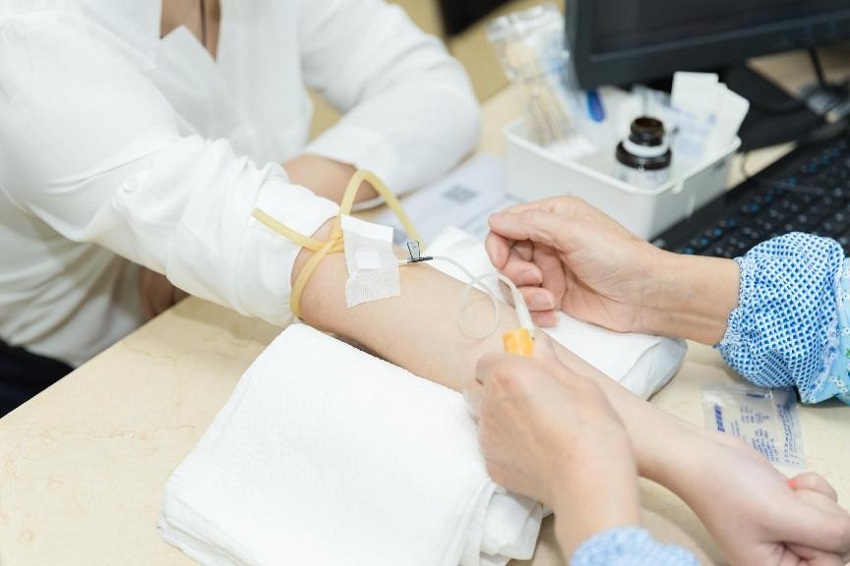您好!很高兴为您提供一对一的专属咨询。
请问有什么可以帮您?
冻卵的流程和价位是什么?


In the process of IVF treatment, different ovarian stimulation protocols have a significant impact on the outcome of the treatment. Patients often hear about downregulation and antagonist protocols but may not fully understand the differences between them. Understanding the characteristics and suitable patient populations for these common protocols can help you make more informed decisions during your treatment.
Downregulation Protocol:
The core of the downregulation protocol is to suppress the patient’s natural menstrual cycle with medication, allowing the doctor to better control ovarian response. This protocol is usually divided into long and short protocols, with the specific choice depending on the patient's individual condition. In the long protocol, patients need to use downregulation medication early in the menstrual cycle to suppress ovarian function before starting ovarian stimulation, which may take a longer time. The short protocol is usually suitable for patients with better ovarian function who cannot tolerate prolonged downregulation. The advantage of the downregulation protocol is that it allows for better control of follicle development, thus improving the quality of egg retrieval.
Antagonist Protocol:
The antagonist protocol is a relatively newer IVF treatment method. Unlike the downregulation protocol, its goal is to quickly suppress the natural ovulation process to prevent the release of eggs before they are mature. This protocol typically begins early in the menstrual cycle, using antagonist medication to rapidly suppress follicle development. The antagonist protocol has several distinct advantages:
Shorter Treatment Time: Compared to the downregulation protocol, the treatment cycle with the antagonist protocol is generally shorter, suitable for patients who wish to start IVF treatment quickly.
Less Medication Usage: The antagonist protocol usually involves less ovarian stimulation medication, which not only reduces the burden on the patient but also decreases medication-related discomfort.
Avoids Prolonged Ovarian Suppression: The antagonist protocol does not require long-term ovarian suppression, making the overall treatment experience more comfortable for patients.
When choosing the appropriate ovarian stimulation protocol, doctors typically consider multiple factors, including the patient’s age, ovarian function, and past treatment history. The downregulation protocol is suitable for patients with weaker ovarian function or those requiring precise control over follicle development, while the antagonist protocol is better for those who wish to reduce treatment time and medication use.
Trusting your doctor is crucial when selecting a treatment plan. Your doctor will tailor the most suitable stimulation protocol based on your specific situation to ensure the success and safety of your treatment. The development of IVF-PGT technology has further improved the success rates of IVF treatment, significantly reducing the risks of miscarriage and fetal stoppage. Therefore, choosing an experienced doctor and a high-quality medical institution is an essential factor in ensuring treatment success.

If you have any questions about IVF treatment plans or need further professional advice, Dr. Nathan Zhang from IVF USA will provide detailed support and guidance to help you achieve success in your IVF journey. Currently, IVF USA offers services such as egg freezing and IVF in the U.S., with operations extending beyond the U.S. to Japan, Thailand, Mexico, Taiwan, and Hong Kong, working closely with global IVF doctors. Through personalized treatment plans, you will receive comprehensive support to realize your fertility dreams.